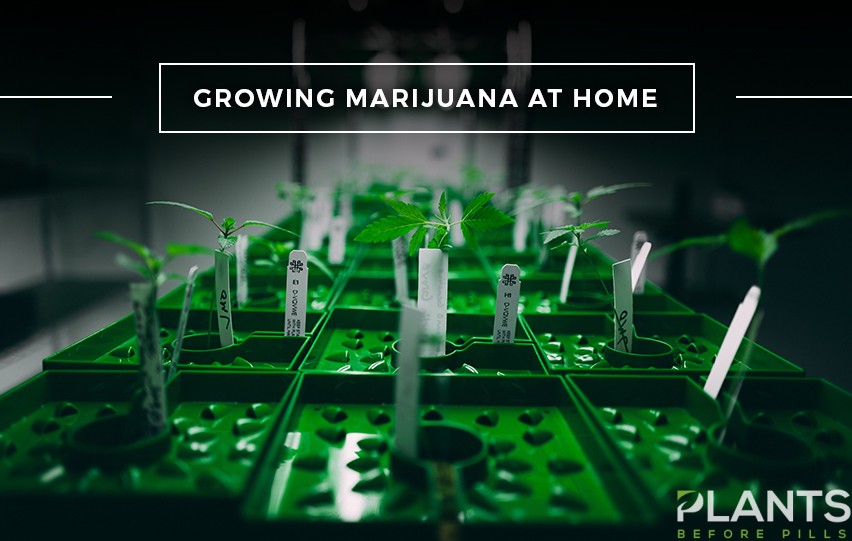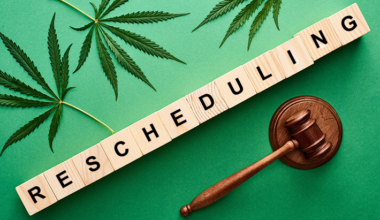One of the biggest trends in the legal marijuana and hemp industries today is that many people want to grow their own products for medicinal or recreational purposes. When it comes to growing cannabis for these types of endeavors, a person must realize that how you grow your plants can significantly affect the growth cycle’s quality (and length). Like all plants, they need good soil and water to grow properly. If any of those factors are not where they need to be, there will be consequences for overall harvest yields. A lack of potency or overall yield could quickly occur by cutting corners with how you run your daily operations.
Why a quality LED grow light system is needed
If you’re planning to grow your own plants indoors, it makes sense to invest in a top-quality LED grow light system. While there are many different types of grow lights on the market nowadays, LEDs are still considered to be among the most effective. They require low energy consumption and yet can provide maximum natural sunlight and optimal growth conditions for your plants without any harmful UV rays. In addition to all that, LEDs last substantially longer than any other type of grow light out there, and they only add to their efficiency over time, so you get more value and use out of them with each passing year. If you want lush plants that match the same yields you’d see in a greenhouse and don’t want to deal with harsh chemicals or treatments for pest control, growing under LED grow lights is about as good as it gets!
How will LED grow light system help you
The most important consideration for growing plants indoors is choosing the light source. For many years, fluorescent bulbs and other high-intensity discharge lights have been used mainly because of their efficiency and low cost. Unfortunately, these lighting sources are not nearly as effective as growers would like them to be, so the quality of the light produced is often insufficient for healthy plant growth. However, LED lighting offers a much better solution since LEDs can have light that’s typically anywhere from 2 – 10 times brighter than that provided by fluorescent bulbs, which makes its output ideal for every stage of plant development.
Plants are almost like people. In living, breathing organisms, your body needs the right mix of nutrients to achieve balance and grow properly. Plants grow in sunlight to receive those necessary nutrients that help them survive, but since artificial light cannot compete with the natural one, they won’t be able to flourish, or at least not as quickly. That’s why led lights enhance their growth stages, as they produce a spectrum of colors while wasting less energy than other light sources would.
The best LED grow lighting for your cannabis growing needs
LED grow lights are like diamonds for plants. Plants grown under LED grow lights look and taste better, but they require far less energy than those produced under HID lights lamps. Thanks to the unique features of LED bulbs, plants also tend to develop more robust root systems than when using fluorescent or incandescent bulbs. But wait! Growing plants with just any old typical LED lightbulb is a bad idea – so don’t try it unless you want your plant to get busted by the law! Suppose you’re looking for great deals on high-quality LED grow light systems. In that case, we suggest taking a little time to hop online and check out our collection of seedly editorial products, where shopping has never been so educational!
Conclusion
LED grow lights are the cheapest and most efficient grow lights. They save you money in terms of replacing lights or in electricity costs. The bulbs themselves last for years, so there is no need for a replacement soon! There are very few such lights that cool down as quickly as these because there are no filaments inside them, and they have a smaller volume than others. Why spend more money when you can get it all with one affordable option?
Good luck with your next indoor grow!
Medical Disclaimer:
The information provided in these blog posts is intended for general informational and educational purposes only. It is not a substitute for professional medical advice, diagnosis, or treatment. Always seek the advice of your physician or other qualified healthcare provider with any questions you may have regarding a medical condition. The use of any information provided in these blog posts is solely at your own risk. The authors and the website do not recommend or endorse any specific products, treatments, or procedures mentioned. Reliance on any information in these blog posts is solely at your own discretion.






